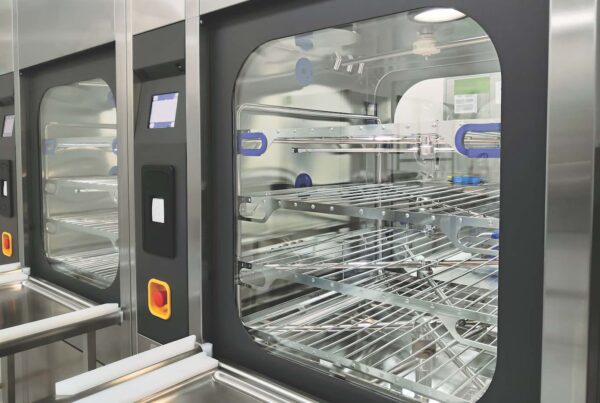Last updated January 19, 2025
Summary
A 450+ bed acute care hospital in the Southeast partnered with Surgical Directions to revamp its perioperative services. Surgeons faced scheduling difficulties, while leadership reported unused block times, cost overruns, and patient delays. Surgical Directions established a surgical services executive committee and six performance improvement teams to address these issues. They improved scheduling, patient preparation, and throughput by implementing daily huddles, revising pre-op testing, and redesigning the block schedule.
Situation
A 450+ bed acute care hospital in the Southeast engaged Surgical Directions to transform its perioperative services. Surgeons at the hospital complained of not being able to get cases on the schedule while operating room leadership complained that surgeons were not utilizing their allocated blocks. Cost overruns were occurring, and patient volumes were leaking. Furthermore, incomplete patient charts led to cancellations and cascading delays, reducing surgeon and staff satisfaction. Hospital leadership wanted to validate the concerns raised by both surgeons and staff by creating performance improvement teams to monitor operational processes and create a new block schedule to maximize surgeon access while maintaining a reasonable level of productivity.
Background
Establishing performance improvement teams and completing a block redesign are integral parts of Surgical Directions’ implementation process. A successful implementation project requires three main components.
- Firstly, an administratively sponsored operations committee with the authority to make meaningful operational changes.
- Secondly, a variety of performance improvement teams that are made up of a multidisciplinary front-line staff and focused on improving a specific component of the process.
- Lastly, transparent and accurate data to measure key performance indicators, such as first case on-time starts, turnover times, the practice patterns and OR usage of each surgeon.
A well-functioning governance committee and empowered performance improvement teams armed with accurate data can make meaningful adjustments to the perioperative workflow that removes the emotional and political roadblocks that plague so many operating rooms. Furthermore, regular meetings of the governance committee and performance improvement teams enable the organization to course correct more frequently and prevent the workflows from becoming stagnant.
Action
During the perioperative implementation at this hospital, the Surgical Directions team established a surgical services executive committee (SSEC) to oversee the transformation project. The SSEC empowered six performance improvement teams (PITs), each of which was focused on a specific part of the workflow (i.e., scheduling, patient preparation, throughput, block scheduling, staff engagement, etc.). These PITs met regularly, established measures of success to monitor their progress, and implemented and tested changes to the perioperative workflow. The teams created and monitored defined throughput time expectations to decrease delays, implemented a comprehensive daily huddle to facilitate early detection of incomplete charts, redesigned the pre-operative testing workflow to build earlier checks into the process, and redesigned the block schedule to increase surgeon access.
Results
The combination of the governance committee and the performance improvement teams armed with robust data was able to make significant improvements in a relatively short time. The hospital saw a 10% increase in primetime utilization of the operating rooms and a 19% increase in first case on-time starts, resulting in fewer disruptions to the daily schedule. Furthermore, surgeons had better access to the operating rooms as evidenced by increases in average block utilization across the majority of blocks. The transformation project resulted not only in operational improvements but also in elevated staff engagement across all departments, and it identified an ROI opportunity of $19 million over 5 years.



